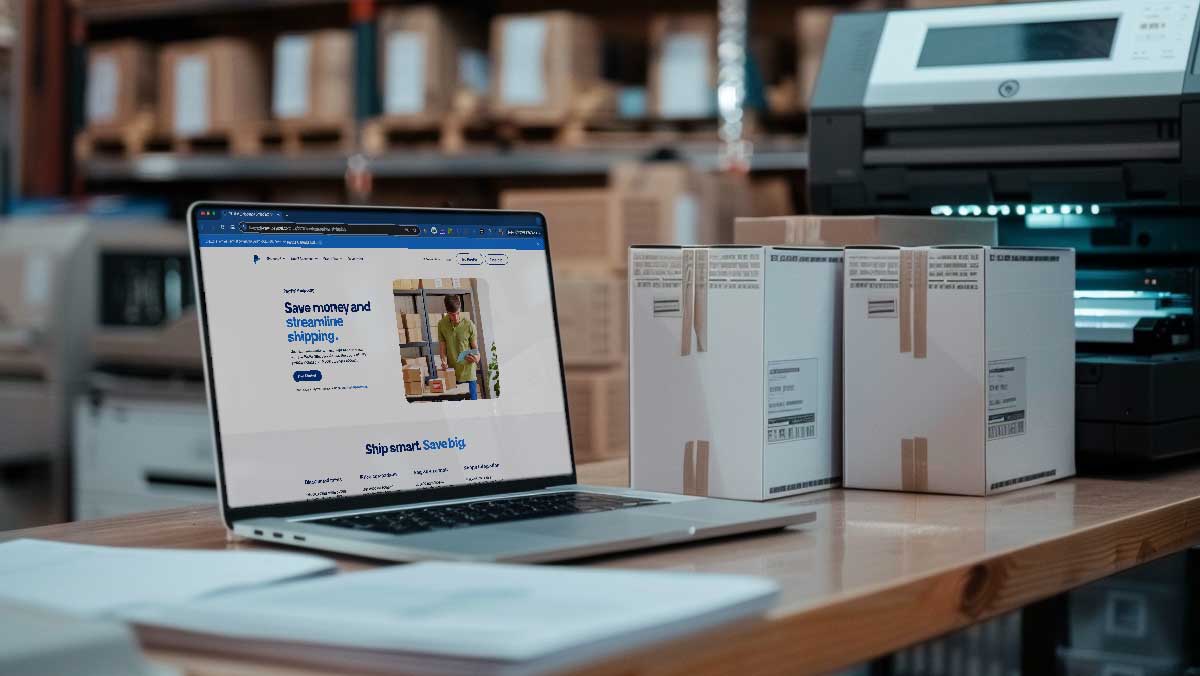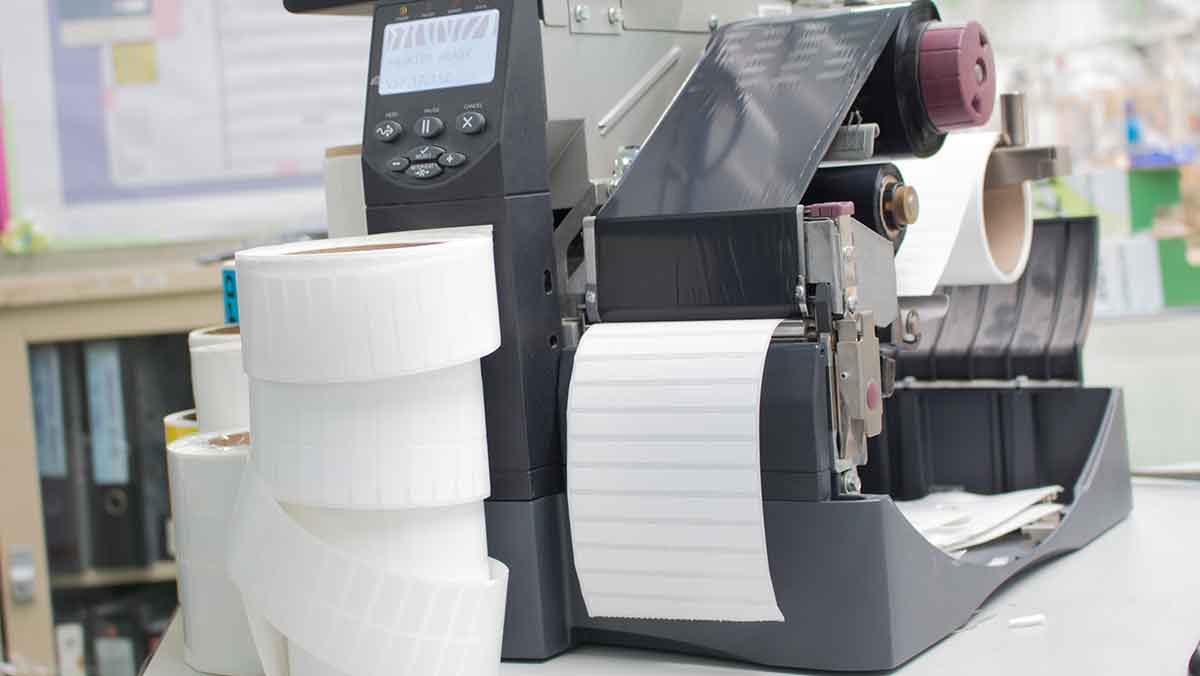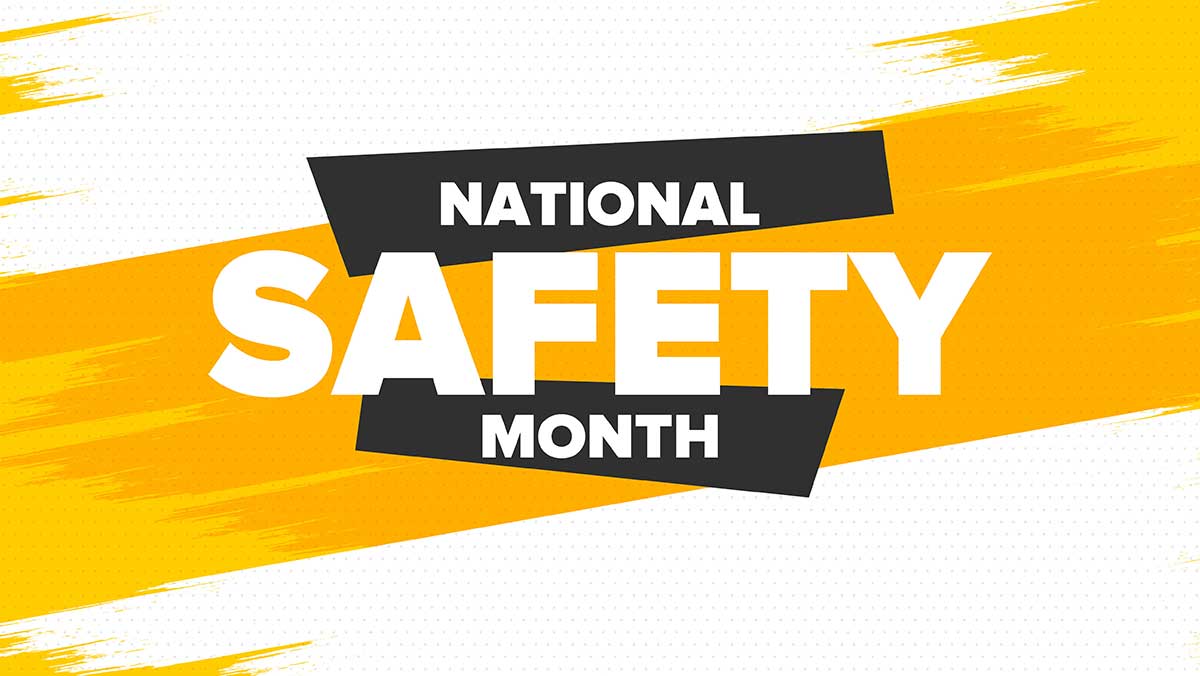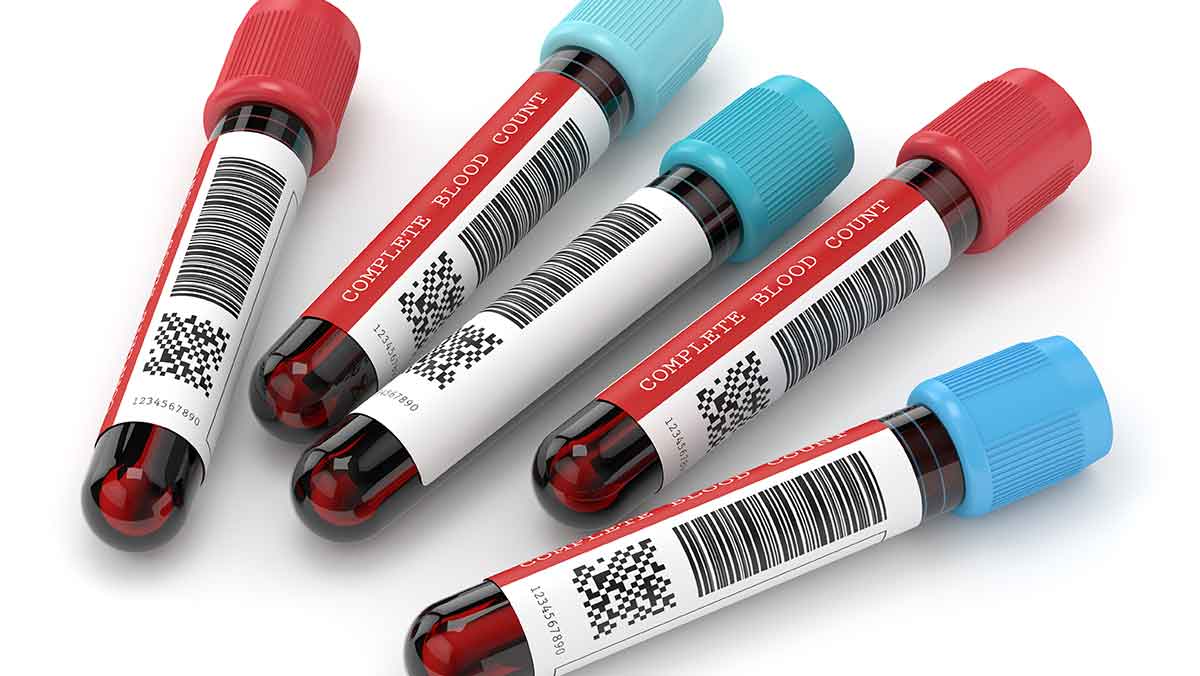Featured Blogs

How to Create PayPal Shipping Labels
Why spend more time on a task when there’s a way to spend less? If you’re a small business, ecom ...
Jul. 18, 2024 | Reduce costs and increase convenience

Comprehensive Guide to Label Materials & Adhesives for Various Industries
Labels are more than just a billboard for your products. They're silent ambassadors, conveying vital ...
Jul. 11, 2024 | Reduce costs and increase convenience

Maximizing Impact with Die Cut Labels
What do the Sydney Opera House, a Salvadore Dali painting and a Heinz ketchup bottle all have in com ...
Jun. 20, 2024 | Reduce costs and increase convenience

Labeling Printer Alignment Guide
Discover how to achieve perfect alignment in label printing. Learn to adjust printer settings, selec ...
Jun. 11, 2024 | Reduce costs and increase convenience

The Importance of Labeling Pharmaceutical Products
Whether it’s slipping on a wet bathroom floor after a shower or cutting yourself with a knife whil ...
Jun. 01, 2024 | Patient Safety And Compliance

Stickers vs. Labels: Understanding Their Differences and Applications
Dive into the nuances between stickers and labels. Explore how materials, designs, and functionaliti ...
May. 07, 2024 | Reduce costs and increase convenience

Ensuring Accurate Patient Identification in Healthcare
Discover the importance of accurate patient identification in healthcare, its impact, methods, and b ...
May. 01, 2024 | Patient Safety And Compliance

Effective Cost Containment in Hospital Mergers: Strategies for Financial Viability
Explore key strategies for cost containment before and after hospital mergers, including supplier ev ...
Apr. 22, 2024 | Reduce costs and increase convenience

Printing Blood Vial Labels With a Desktop Printer
Explore the critical role of accurate blood vial labeling in healthcare. Discover the latest printer ...
Apr. 18, 2024 | Patient Safety And Compliance

Optimizing E-commerce Shipping with the Right Label Printers
In 2023, over 20% of retail purchases took place online. From explosive growth during the pandemic t ...
Apr. 04, 2024 | Reduce costs and increase convenience